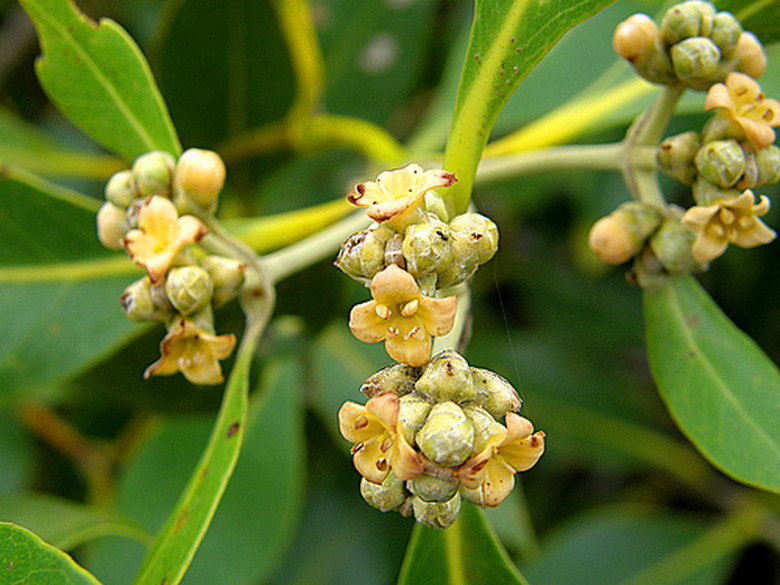How To Grow Mangrove Potted Plants
Things Needed
- Measuring tape
- Container with no drain holes
- Pea gravel
- Water
- Misting bottle
- Pruning shears
Tip
Pruning mangroves is not necessary because they naturally branch out as they mature. Always make sure the roots of the mangrove are wet. Do not allow the container to dry out or the plant may die. Mangroves are relatively pest-free but can occasionally be bothered by mealy bugs or a recently invading weevil from Sri Lanka. The best way to control both is to smash the bugs on sight. Dab a cotton ball in rubbing alcohol and wipe the infested leaves with it to kill any pests and deter them. Set the container outside when it rains to allow the mangroves to enjoy humidity naturally.
Though you might picture mangrove-lined shores when you think of these plants, growing them in pots is easier than you might think. These hardy plants rarely suffer health problems, making them the perfect plant to grow in a pot. In the wild, mangroves are indispensable. Their vast and upright root systems offer shelter and food to many birds, mammals and aquatic species. Because their root systems are unique, they have earned the name "walking tree."
Step 1
Measure the length of your mangrove seedling to give you an idea of how deep your container needs to be. Use a container that is at least two-thirds as deep as the length of your seedling. For example, if the seedling is 10 inches long, you will need a container that is 7 inches deep.
- Though you might picture mangrove-lined shores when you think of these plants, growing them in pots is easier than you might think.
- Measure the length of your mangrove seedling to give you an idea of how deep your container needs to be.
Step 2
Fill the pot with one inch of the pea gravel. Pea gravel looks like what its name suggests; it is a mixture of very small rocks. Some retailers sell it in bulk, but you will only need several cups of it to fill the container properly.
Step 3
Set the mangrove seedling's root on top of the gravel. Do not smash the root system into the gravel, but hold it on top of the gravel with one hand.
Step 4
Fill the sides of the container with pea gravel. If planting two mangroves in the same pot, push the gravel between the two to space them apart. Place enough gravel in the container that the mangrove seedlings can stand upright on their own.
- Fill the pot with one inch of the pea gravel.
- Place enough gravel in the container that the mangrove seedlings can stand upright on their own.
Step 5
Fill the container to the top with water. Check the container frequently to make sure it still contains water.
Step 6
Place the container in an area where it will receive sunlight. Fill a spray bottle with water and mist the mangroves several times per week. Mangroves grow best in humid environments, so a weekly misting of water will keep the plants healthy.
Step 7
Trim the tips off the mangrove after the seedling has developed more than two sets of leaves. Trimming makes the seedling branch out. Never cut the entire leaf section off; always leave at least two leaves on the plant.
- Fill the container to the top with water.
- Place the container in an area where it will receive sunlight.
